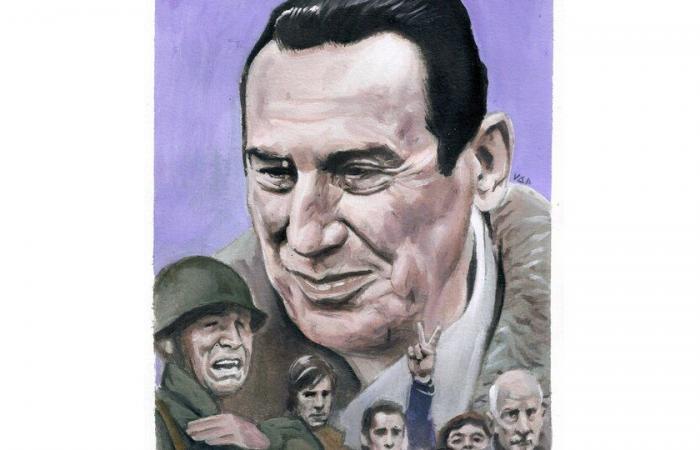Even those who do not like his figure (to put it elegantly), there is no doubt that Juan Domingo Perón was the central figure of Argentina in the 20th century. So much so that his ideas are still valid and the party he founded has a decisive influence on the political arena. Furthermore, thanks to his enormous work, Peronism became one of the identities and feelings of Argentines. Fifty years after his death, the magazine Faces and masks honors him in his edition of Julywhich will be this Sunday at kiosks, as an optional purchase with Page 12.
In his opening editorial, Felipe Pigna He remembers July 1, 1974 in this way: “The streets were filled with tears, flowers and worried faces. The most common phrase was ‘what will become of us’. No one was deceived about the days to come. The feeling of political vacuum was proportional to the size of the missing figure. Isabel, the effective heir of the legacy symbolically left to the people, was not up to the task and he only had his last name of Perón. Nobody ignored that the wizard López Rega would occupy the central place in politics for which he had been fighting from his position as butler of Puerta de Hierro, which he would offer to the worst of the political-military power of Argentina. One question remained: why did the last Perón leave us? that terrible inheritance, antechamber to the much feared hell.”
From the cover note, meanwhile, Araceli Bellotta maintains: “Fifty years after his physical disappearance, many wonder what his secret was so that the movement he founded in 1945 continues.” current to the present day, with all its contradictions and even when it went through historic moments in which its disappearance was predicted. One possible answer is that, beyond the economic measures, the internal and external policy decisions and the social action, Perón from the beginning proposed to carry out a cultural revolution, that is, the inclusion of values that were adopted by the people who followed him but also by those who were his opponents and that still persist in that antagonism. How did he do it? In 1953, he himself explained it in the classes that, as president, he taught at the Peronist Higher School: ‘Every collective movement that tries to introduce fundamental changes in the social structure “It must have a solid philosophical justification. Justicialism is a new philosophy of life, simple, practical, popular, deeply Christian and deeply humanist.”
The magazine continues to offer multiple facets of insight to understand the figure of the General, whom others preferred to stigmatize and erase from History as The Fugitive Tyrant: Hernan Brienza writes about Perón’s ideology. Hernan Camarero addresses the 1943 coup as a founding episode. And Miranda Lida reconstructs October 17, 1945 as the “year zero” of Peronism.
While, Alberto Lettieri It gives an account of Perón’s first two governments (1946-1952 and 1952-1955). Gisela Marziotta writes about the place of women in Peronism as a political subject. Juan Pablo Kryskowski It is dedicated to the overthrow of the General, his exile and the period known as the resistance. Fernando Amato He recounts his stay in Puerta de Hierro, his center of operations. Nicolas Azzolini addresses the Peronism-anti-Peronism rift. AND German Ferrari portrays Perón’s last government.
Marina Amabile writes about Perón’s women: Aurelia Tizón, Eva Duarte and María Estela Martínez. Guillermo Courau tells the ways in which fiction approached Perón as a character, from literature, cinema and theater. AND Gustavo Sarmiento makes a recount of the Peronism as a fashion, with own objects and merchandising. Damián Fresolone It brings together different generations of Peronist activists and leaders in debate. Roberto Parrottino portrays the General’s sporting passion and the public politics that the government adopted to promote national sports.
From his chronicle Red ink, Ricardo Ragendorfer exposes the necrophilic passion around Peronism, whether through the theft of Evita’s body or the desecration of Perón’s body and the theft of his hands. The number is completed with interviews with Carolina Barry (by Marisa Avigliano), Pedro Saborido (by Adrián Melo), Laura Ehrlich (by Oscar Muñoz) and Roberto Baschetti (by Boyanovsky Bazán). An essential issue, with the illustrations and handcrafted designs that characterize Faces and masks from its foundation at the end of the 19th century to the modernity of the 21st century.


